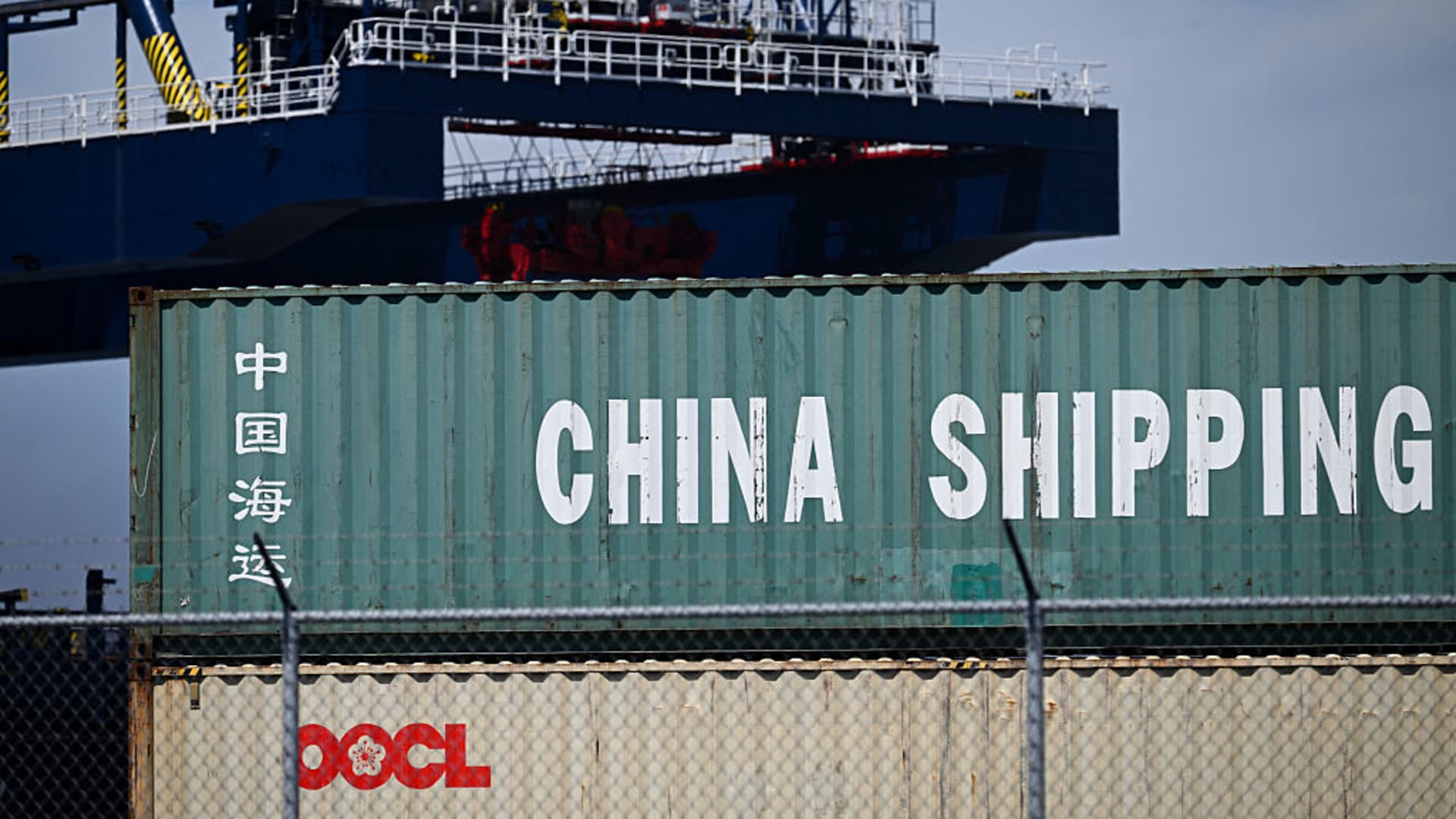China’s Economic Fortitude: Navigating Trade Turbulence
A Tale of Resilience
In April 2025, China’s export scene unfolded like a high-stakes economic thriller, with the country demonstrating remarkable resilience amidst escalating trade tensions with the United States. Despite the imposition of fresh tariffs by President Trump, China’s exports not only stood firm but also outstripped expectations, illustrating the nation’s economic agility and strategic acumen. This analysis explores the factors behind this resilience, the sector-specific impacts, and the wider repercussions for global trade.
The Unyielding Spirit of China’s Exports
China’s export growth in April 2025 was a clear indication of the country’s prowess in steering through intricate trade hurdles. Official data from the customs authority disclosed that exports soared by 8.1% year-on-year, far outpacing the projected growth of 1.9%. This upswing was particularly striking against the backdrop of intensified tariffs and the ambiguity surrounding trade talks between the two economic superpowers.
Several key factors contributed to this resilience. Firstly, there was a deliberate rush by businesses and consumers to preempt the higher U.S. tariffs that came into effect in April. This frontloading of shipments significantly boosted export numbers, as companies sought to sidestep the financial strain of increased tariffs. Secondly, China’s manufacturing sector, though experiencing a 16-month low in activity, managed to uphold production levels, aiding the export surge. Furthermore, China’s policy support measures, designed to stimulate economic growth and confidence, were instrumental in maintaining export performance.
Sector-Specific Impacts: A Mixed Bag
While the overall export figures reflected resilience, the impact of tariffs on specific sectors varied greatly. China’s shipments to the United States, for example, plummeted by 21% in April. This decline was chiefly due to the introduction of a new 10% tariff on all Chinese imports by President Trump, on top of existing tariffs from his previous term. The cumulative effect of these tariffs rendered U.S.-bound shipments prohibitively expensive, leading to a substantial drop in exports to the American market.
Conversely, exports to regions outside the U.S. remained robust, driven by diversified trade strategies and alternative markets. This diversification helped to cushion the blow of U.S. tariffs and ensured that China’s overall export performance remained strong. Sectors such as electronics, machinery, and textiles, which had previously relied heavily on the U.S. market, pivoted towards other lucrative markets in Europe, Southeast Asia, and Africa.
The Pivotal Role of Policy Support
China’s government rolled out various policy support measures to fortify economic growth and trade performance. These measures encompassed financial incentives for exporters, infrastructure investments, and regulatory reforms aimed at enhancing competitiveness. The efficacy of these policies was evident in the April export figures, which defied expectations of a significant slowdown. The policy support measures not only helped to sustain export growth but also contributed to a narrowing of the import decline, which contracted by a mere 0.2% year-on-year.
Global Trade Dynamics: A Ripple Effect
The resilience of China’s exports in April 2025 carries broader implications for global trade dynamics. It underscores the adaptability of China’s economy and its capacity to navigate complex trade challenges. The surge in exports also highlights the significance of diversification in trade strategies, as China’s ability to maintain robust export figures despite U.S. tariffs demonstrates the benefits of exploring alternative markets.
Moreover, the data from April serves as a stark reminder of the interconnected nature of global trade. The U.S. trade deficit ballooned to a record high in March as businesses ramped up imports of goods ahead of President Trump’s sweeping tariffs. This dynamic illustrates how trade policies in one country can have far-reaching effects across the global economy, influencing both exports and imports.
The Future of Trade: Adaptability and Diversification
In conclusion, China’s export performance in April 2025 was a testament to resilience and strategic adaptability. Despite the obstacles presented by U.S. tariffs, China’s exports not only held their ground but also surpassed expectations. This resilience was fueled by a blend of strategic frontloading of shipments, policy support measures, and diversified trade strategies. The broader implications of this performance emphasize the importance of adaptability and diversification in global trade, paving the way for a new era of trade dynamics shaped by evolving policies and economic strategies. As the global trade landscape continues to evolve, China’s experience serves as a blueprint for navigating the complexities of international commerce in an increasingly interconnected world.

